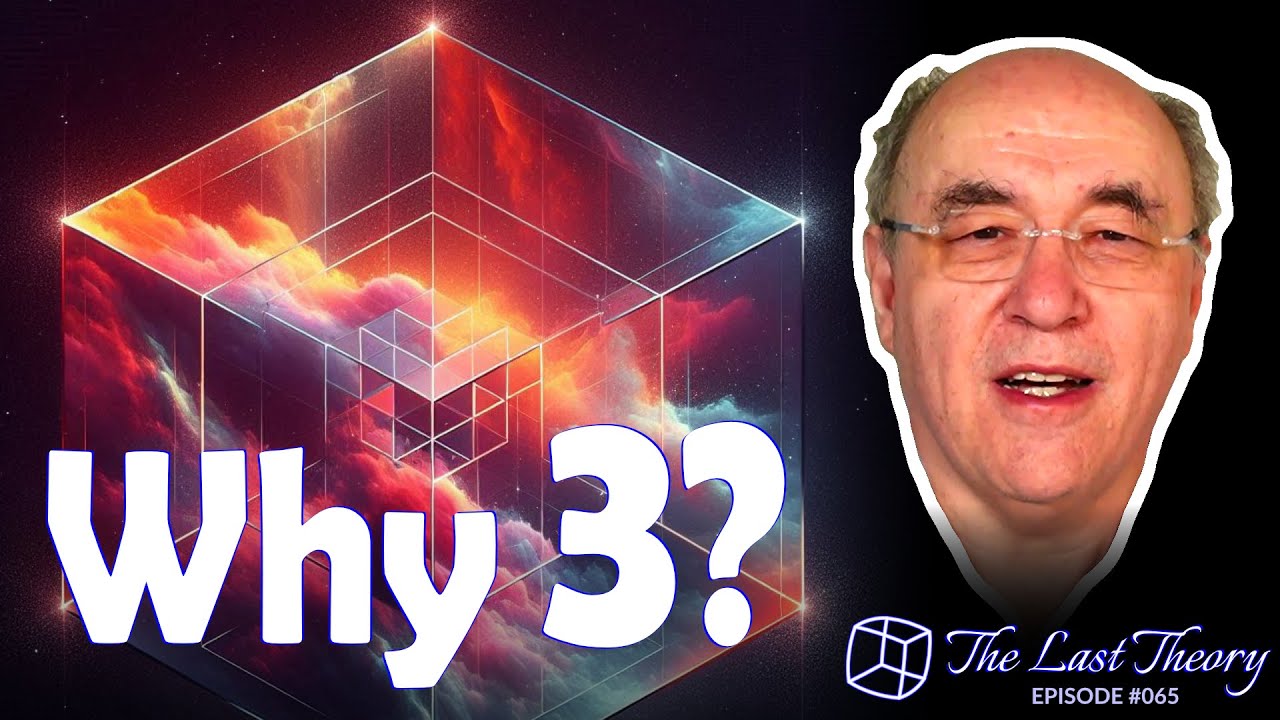In the video, Stephen Wolfram explores the nature of space, proposing that its three-dimensionality may be a result of our observer characteristics rather than an intrinsic property of the universe. He suggests that space can be modeled as a hypergraph evolving through computational processes, and our perception of dimensionality could vary based on different physical attributes or conditions in the universe.
In the video, Stephen Wolfram discusses the nature of space and time, particularly focusing on why space is perceived as three-dimensional. He suggests that this perception may be a consequence of our nature as observers rather than an inherent property of the universe. Wolfram critiques the traditional concept of spacetime, arguing that space and time should be treated as separate entities, with space represented as a hypergraph and time as the evolution of that hypergraph through computational processes.
Wolfram explains that historically, the understanding of space has evolved from ancient notions of continuous space to the modern view of discrete structures. He highlights that early 20th-century physicists believed space might be discrete, but the success of relativity led to a consensus that space is continuous. In his model, space is composed of discrete atoms connected in a hypergraph, which allows for a more robust computational framework compared to purely continuous models.
The discussion then shifts to the relationship between space and time. Wolfram posits that time is the progression of computation applied to the hypergraph, and the passage of time is linked to the computational rules governing the system. He introduces the concept of computational irreducibility, which suggests that understanding the future state of a system often requires following each computational step, making it impossible to predict outcomes without going through the process.
Wolfram also addresses the question of why we perceive space as three-dimensional. He speculates that the universe may have started as infinite-dimensional and gradually cooled down, leading to our three-dimensional perception. He emphasizes that our understanding of space is influenced by our physical characteristics as observers, such as our size and the speed at which we process information, which shapes how we experience and interpret the structure of space.
Finally, Wolfram concludes that the three-dimensionality of space is likely an observer-related phenomenon, and if our nature were different, we might perceive space in a completely different way. He suggests that fluctuations in dimensionality could exist, particularly in the early universe, and that future observations may reveal more about the underlying structure of space. The conversation highlights the complexity of understanding space and time and the potential for new insights into the fundamental nature of reality.
